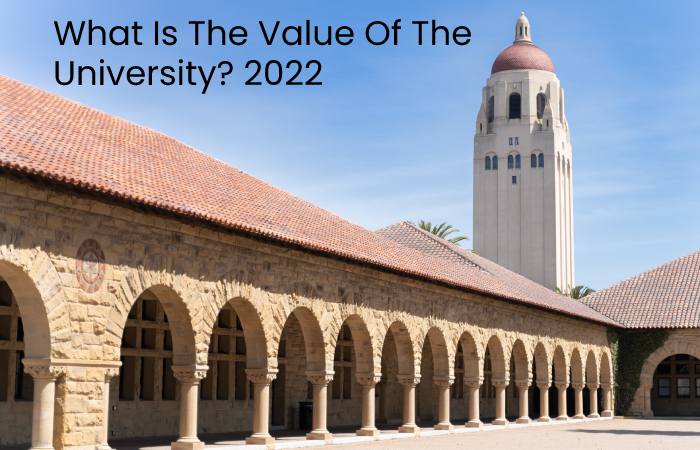National Communications As a developing country and as a Non-Annex I country, according to the terminology defined in the United Nations Framework Convention on Climate Change, Chile must periodically prepare national communications, where the United Nations is informed about advances in climate change management.

This report must contain a national inventory of greenhouse gases (INGEI), information on the country’s vulnerability, the impact and adaptation alternatives to this phenomenon, and the possibilities of mitigation to reduce the generation of greenhouse gases.
Table of Contents
The Components Of A National Communication Are:
- national circumstances
- National inventory of emissions and absorption of greenhouse gases
- Vulnerability of the country and its adaptation to climate change
- Greenhouse Gas Mitigation
- Cross-cutting issues
First National Communication of Chile
Second National Communication of Chile
Third National Communication of Chile: It is currently being prepared and will present no later than 2016.
8.2.1 National Circumstances
To take the necessary measures and counteract the effects of climate change, it is essential to know how the country finds itself. For this, a finish report is made that contemplates various items of the national reality, such as geographical, climatic and environmental characteristics; Factors such as the demographic and socioeconomic profile are also consider, in addition to productive activities, land uses, types of energy, among others.
With this information, it is possible to contextualize the country’s reality and from there take the appropriate actions.
8.2.2 National Inventory Of Emissions And Absorption Of Greenhouse Gases
The national list of greenhouse gases provides a clear and scientific indication of how and in what way these types of elements emit the country.
In the first national communication, it was possible to differentiate these emissions between the energy and non-energy sectors.
For the second national communication, updated information is available on the sectoral contribution of greenhouse gases. In this sense, it is possible to detect trends sensitive areas and consider the evolution of aspects that may be relevant and thus determine with greater precision what the emission scenarios will be in the short and medium-term in Chile.
8.2.3 Vulnerability Of The Country And Its Adaptation To Climate Change
According to information issued by the Intergovernmental Panel on Climate Change (IPCC) and what is indicated by the Convention itself, Chile meets several requirements that make it a territory vulnerable to the effects of this phenomenon.
For their part, some national communications studies have define the most vulnerable and sensitive areas to climate change. These are related to the agricultural, water resources, forestry sectors, coastal regions, and fishery resources.
An essential part of being clear about what the vulnerable areas are is being able, based on that information, to take the necessary measures so that Chile as a country adapts to these changes.
8.2.4 Greenhouse Gas Mitigation
Mitigation measures all those actions aimed at controlling the greenhouse gas emissions generated. These can range from changes in energy use to modifications in the means of energy, And also industrial or agricultural and forestry production, among others.
It is necessary to evaluate the proposed mitigation measures economically and socially, to be clear about the costs/benefits and whether they are viable or not according to public policies or the barriers to their technological implementation.
Before determining the specific mitigation measures. It is essential to define the country’s mitigation potential, which is prepared base on inventories and future projection scenarios. And also In the country’s energy consumption for the coming years, its industrial and economic development usually.
8.2.5 Cross-Cutting Themes
Achieving greenhouse gas emission stabilization targets is a complex process. As a developing country, Chile requires the transfer of new technologies to mitigate and adapt to the effects of climate change.
For this reason, the conditions for developing the mechanisms required and improving our country’s technical capacity analyze. At this point. The cooperation of the rest of the Parties to the Convention is vital, especially from developed countries. That more advanced in using these mechanisms.
8.2.5.1 Education, Training And Public Awareness
Climate change is already an issue of national relevance, And also as indicated by the ratification of the United Nations Framework Convention on Climate Change by our country and the work that has generated at the national level in this way. Therefore, it is essential to make the population aware of this issue. Its implications and the measures taken to address it.
Promoting the study of climate change at the national level is one of the tasks undertake . One way to make the population aware of. And also this phenomenon is to incorporate informal education into the curricula.
8.2.5.2 Capacity Building At The National, Regional And Sub-Regional Levels
Our country must address this phenomenon across the board and throughout the national communications territory to deal with climate change. An important part of this objective is training scientific, And also technical and managerial personnel trained to address this issue. It is also important to promote information, participation and cooperation in the face of this phenomenon. At different levels (governmental, organizations, civil society, business, etc.).
One way of addressing this task in a decentralized manner. The appointment by CONAMA of a person in charge of climate change in each regional office. Who nominate a focal point for climate change.

